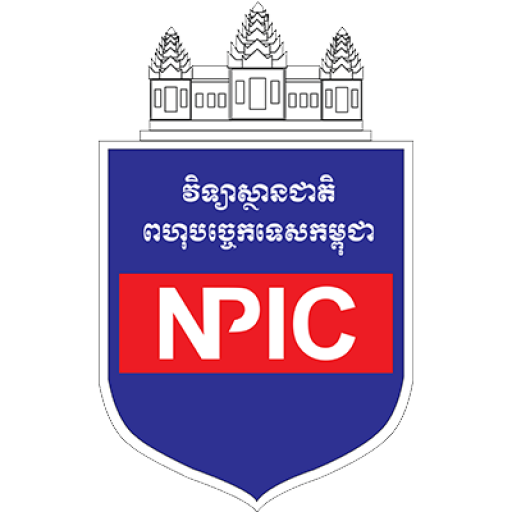| Title | |
| Author(s) | Je Hyun Kim, Pengsrorn Chhai, Kyehan Rhee |
| Status | 87 views, 0 downloads Download |
| Keywords | Artery wall motion Computational analysis PDMS phantom Phase lag Viscoelasticity |
| Abstract | Arterial wall viscoelasticity is likely to be a good diagnostic indicator of vascular disease, but only a few studies on the assessment of wall viscosity have been performed. Artery phantoms are manufactured using polydimethylsiloxane (PDMS) to simulate the viscoelastic characteristics of the artery wall, which depends on the wall tissue composition and progression of atherosclerosis. The viscoelastic property of PDMS is controlled by adjusting the mixture ratio of resin, curing agent, and pure silicone oil. The pressure and diameter waveforms of the artery phantom were measured to estimate the wall viscoelasticity. Elasticity is assessed using the diameter distention over the pulse pressure, and the viscosity is evaluated using the energy dissipation ratio of the pressure-diameter curve and the phase lag between the first harmonics of pressure and diameter waveforms (DP1). PDMS phantoms with resin-to-curing-agent ratios of 20:1 and 25:1 show viscoelastic characteristics similar to those of young and old human carotid arteries, respectively. Adding pure silicone oil further softens the silicone elastomer while decreasing its viscosity. The phantoms with 10:1:5 and 10:1:8 mixture ratios (resin: curing agent: silicone oil) show elasticity similar to that of the 20:1:0 and 25:1:0 ratios, respectively, albeit with a noticeable decrease in viscosity. An abrupt decrease in the phase lag (DP1) was found near the interface of the arterial phantom with different mixture ratios (20:1:0 and 10:1:5), while the change in diameter distension was negligible. DP1 may be a new index to differentiate wall tissues with similar elastic properties but different viscous behavior. The pressure diameter curve and DP1 of the phantom simulating the atherosclerosis wall can be compared with patient data and applied to clinical evaluation of plaque viscoelasticity. Computational analysis of arterial wall motion was performed using a standard linear viscoelastic model. The model parameters were determined from the measured pressure-diameter relationship, and the arterial wall motions of phantoms with different viscoelastic properties were successfully simulated. The computational model may provide a useful insight into the changes of arterial viscoelasticity caused by pathogenic wall degeneration.
|
| Journal | Medical Engineering & Physics |
| Publisher/Institution | Elsevier |
| Field/Faculty | Faculty of Engineering |
| Publication Year | 2021 |
| Volumn | 91 |
| Issue | - |
| Pages | 12-18 |
| DOI | https://doi.org/10.1016/j.medengphy.2021.03.004 |
| Recommended Citation | Je Hyun Kim, Pengsrorn Chhai, Kyehan Rhee. (2021). Development and characterization of viscoelastic polydimethylsiloxane phantoms for simulating arterial wall motion. Medical Engineering & Physics, 91, 12-18 |
| Contact Email | pengsrornchhai@yahoo.com |
Facebook page opens in new windowTwitter page opens in new windowInstagram page opens in new windowYouTube page opens in new window
top_menu_bar

